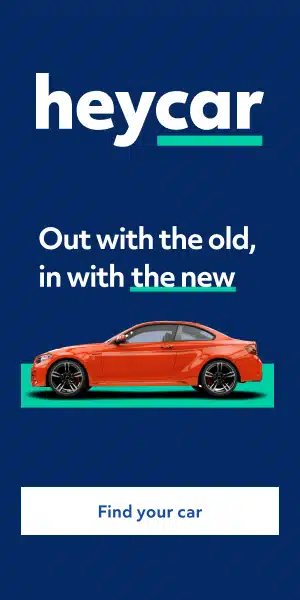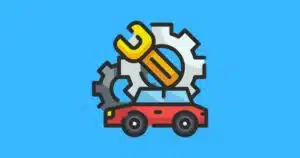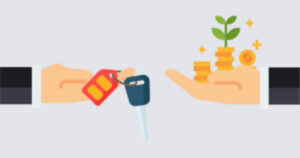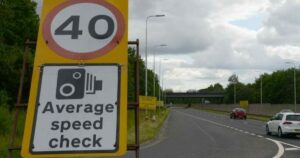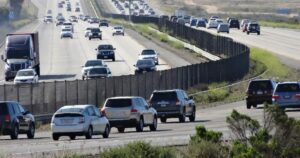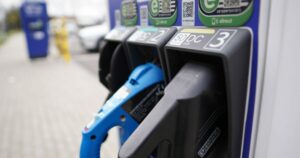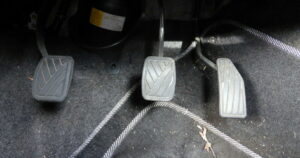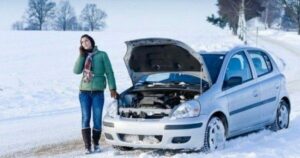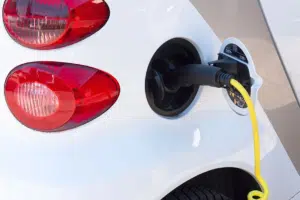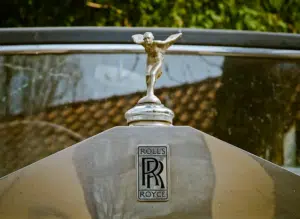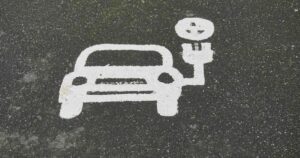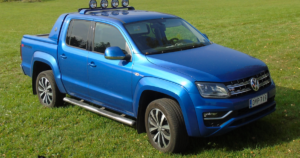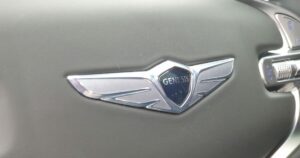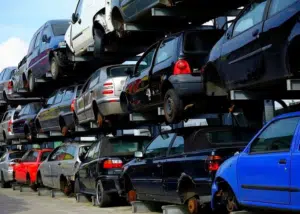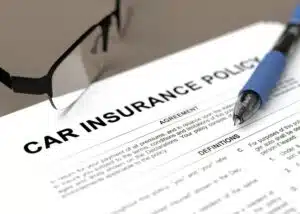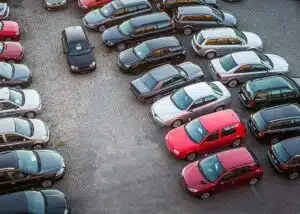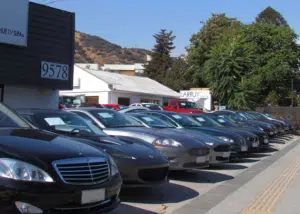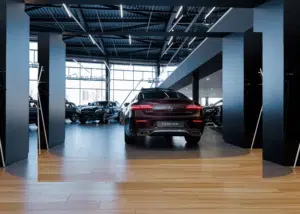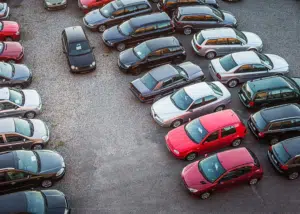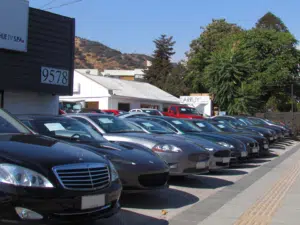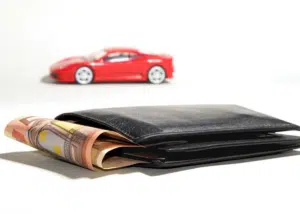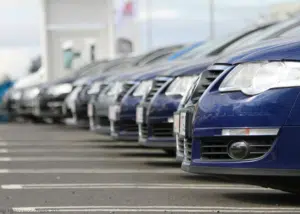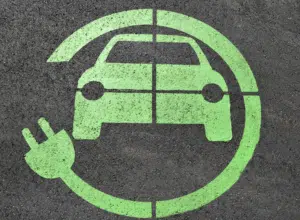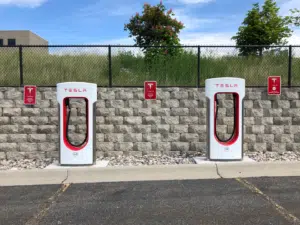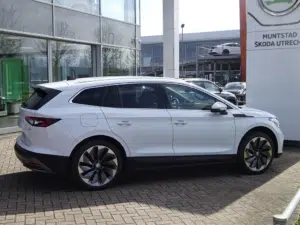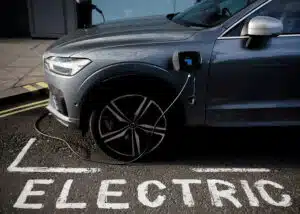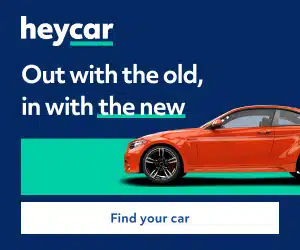Ever wondered how the number plate system works? You’re probably not the only one, so why not let us fill you in.
Number plates explained
If you know a car enthusiast, then you’d have probably seen how excited they can get at the time of year when a new batch of cars is ready to roll off the production line. During March and September every year, this is typically when car manufacturers release their latest models that are currently in production. This is a very exciting time if your a car lover as it won’t be long before you’ll be to see those models that have had a major facelift or update.
So basically, new cars are provided with a number plate that designates which year and which part of that year that they were produced. The current number plate system that we have was introduced back in September 2001, a while ago now. Essentially the way in which a number plate is arranged is usually in the format of two letters, two number and then three more letters. It’s quite simple really. Every number plate is unique. If you want to determine a car’s age, all that you need to do is focus on the two numbers, which will tell you how old the car is. They also tell you during which six month period that the car was registered, which can either be between March to August or September to February.
Keep an eye out for those cars that are registered between September and February as these are the ones that can be tricky as they are coded. For example, the code is the year (as of September) plus 50.
So if you say a Ford Focus and it read 66 on its number plate, you’d know that this was registered in September 2016. Cars that are registered between March and September are a little easier to figure out their age. For example, a car that has been registered in March 2016 will simply just have the number 16 as its age identifier.
What do the letters stand for?
Now, this is where it gets technical. The next time you look at a number plate you don’t want to sit there wondering what all the letters mean once you’ve read this. The first two letters you see on a number plate are known as the local memory tag and these basically show where the vehicle was registered. T
he first letter represents the region and the second represents a DVLA local office. So, for example, if the vehicle you’re looking at was registered in London, you’ll notice that its number plate will start with LA through to LY. It’s also good to note something fascinating about the letter ‘Z’. This letter is only ever used as a random letter to spice things up a bit and it will never be used in an area code. Interesting isn’t it?
So what about the last three letters? Well, you’ll be shocked to discover that the last three letters on a number plate are allocated to a dealership when the car is first registered. It’s the random nature of these letters that make each vehicle unique and provides them with their own identity.

As far as number plates go, that’s basically it in terms of how we understand them and what they mean. The number plates in Britain aren’t that overly complicated and once you know how to read them and how they work, you’ll have lots of fun driving along and discovering that lots of cars have been registered all over the place. If you’re too bewildered by the way in which we dissect number plates here in the UK and you’re tired of looking at them, why not let us dissect yours for you by allowing us to provide you with a valuation for your car based on just your registration number?
It’s as simple as that. We don’t need anything else, just your registration number will do. If that sounds like something you want to give a go and you’re curious as to how much your car could be worth, then enter your registration and watch us get to work.

